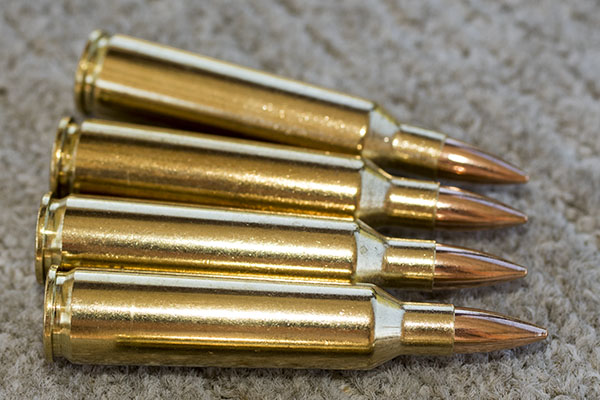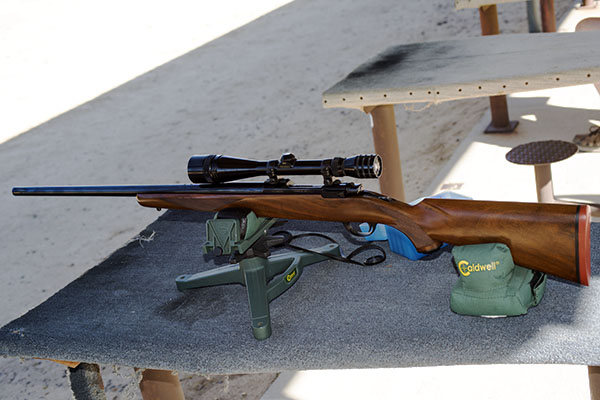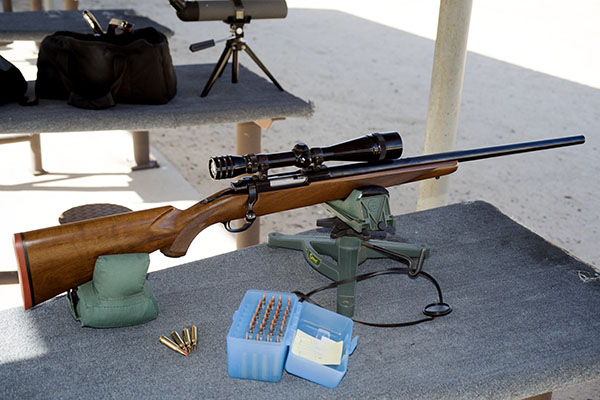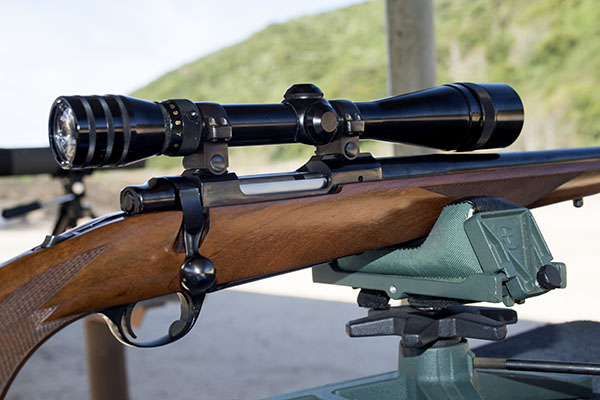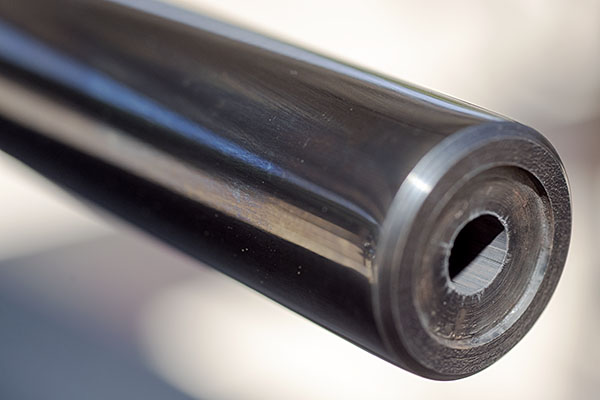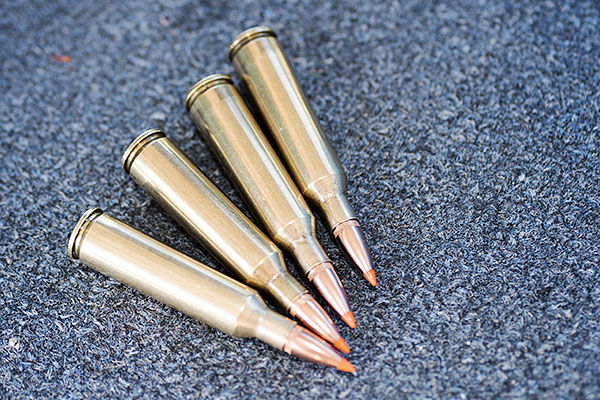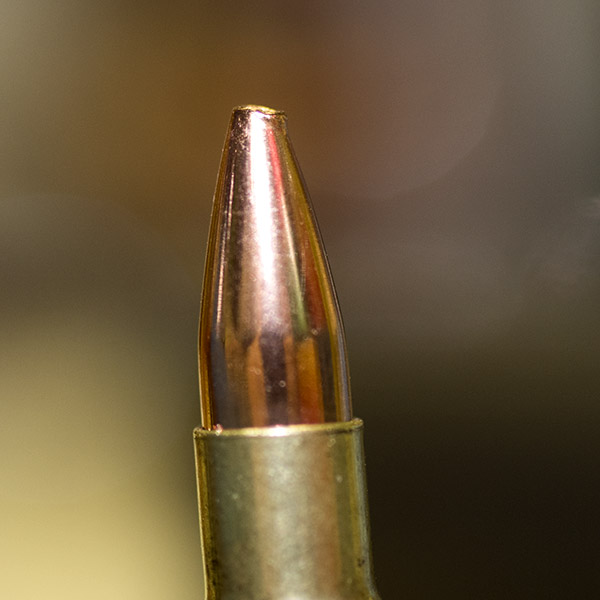The year was 1974. I had just finished grad school and I was at Fort Bliss, Texas, for the Basic Course and the Chaparral/Vulcan Course, which is to say I was there for another five months of school before heading overseas. There was no such thing as Gunbroker.com yet…in fact, there wasn’t a dotcom anything yet…this was all well before the Internet. But we had The Shotgun News, a print publication that served much the same purpose. I studied that newspaper like a Democrat looking for something new to tax.
Ruger did a very limited run of their Model 77 in .458 Winchester Magnum back in the early 1970s, and within that limited run, they did a few with Circassian walnut. I might be wrong, but I think this was the first limited production anything Ruger did with Circassian walnut. I read the ad and I immediately knew I had to have one.
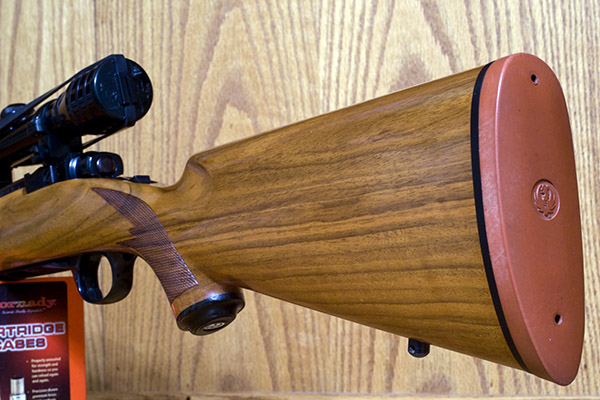
Man, I was hooked. I needed a .458 Mag elephant gun. My Army gun was a 20mm Vulcan, and by comparison, the .458 didn’t seem so big. The rifle was $340 from J&G Rifles in Prescott, Arizona (an outfit that I think still exists), and in those days it was as easy as picking up the phone, sending a check, and having them ship the rifle to a local dealer. The amount seems laughably low today, but $340 was a big nut back in 1974. I borrowed the money from my sister and the rifle was on its way to Barney’s Guns out in the west Texas town of El Paso. God bless Marty Robbins and all that is west Texas. I loved it out there.
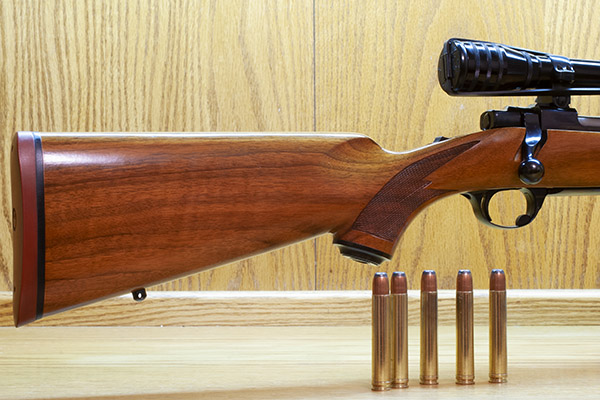
Not knowing too much about hunting elephants, I bought three boxes of .458 factory ammo with predictable results: Today, nearly 50 years later, I still have most of that factory ammo in its original yellow Winchester boxes. You see, there weren’t too many elephants in El Paso, and that ammo redefined recoil for me. Just a few rounds of the 500-grain, 2100 feet per second factory fodder convinced me there had to be a better way, and there was. I’ve loaded literally thousands of rounds in .458 Win Mag over the last 50 years, virtually all of it at .45-70 levels. It’s actually a nice shooting rifle when you drop it from “elephant” to “buffalo” on the energy meter. And that’s still plenty potent. People used to kill buffalo with 400-grain pills at 1200 feet per second (they killed nearly all of them, actually).
I picked up a Redfield straight 4-power scope that is still putting the crosshairs where I want the bullets go (I think it was something like $30 at one of the K-Marts in El Paso). Not surprisingly, the Circassian .458 is very accurate with both jacketed and cast bullets. It can easily put five rounds into an inch at 100 yards.

Every once in a while I’ll go on a tear experimenting with new loads, and I suppose when I exhaust my supply of 405-grain Remington jacketed softpoint bullets and SR 4759 propellant I’ll get serious about that, but for now I have a good stash of the Remington bullets and SR 4759. I’ll probably still be working my way through that stash when I ride off into the sunset. And when I enter the Happy Hunting Grounds, I’ll rub elbows with Karamojo Bell, Frederick Courtney Selous, Peter Capstick, and others who chased elephants in Africa and we can compare notes.
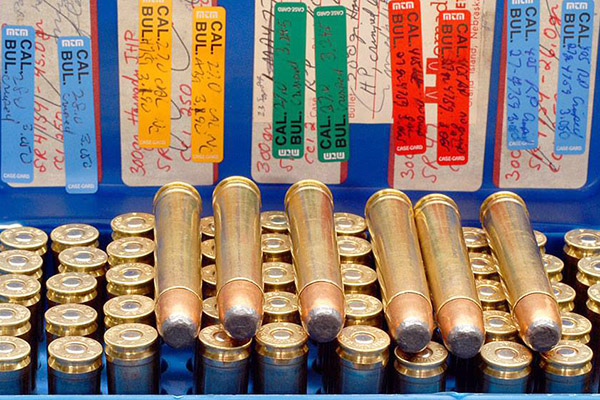
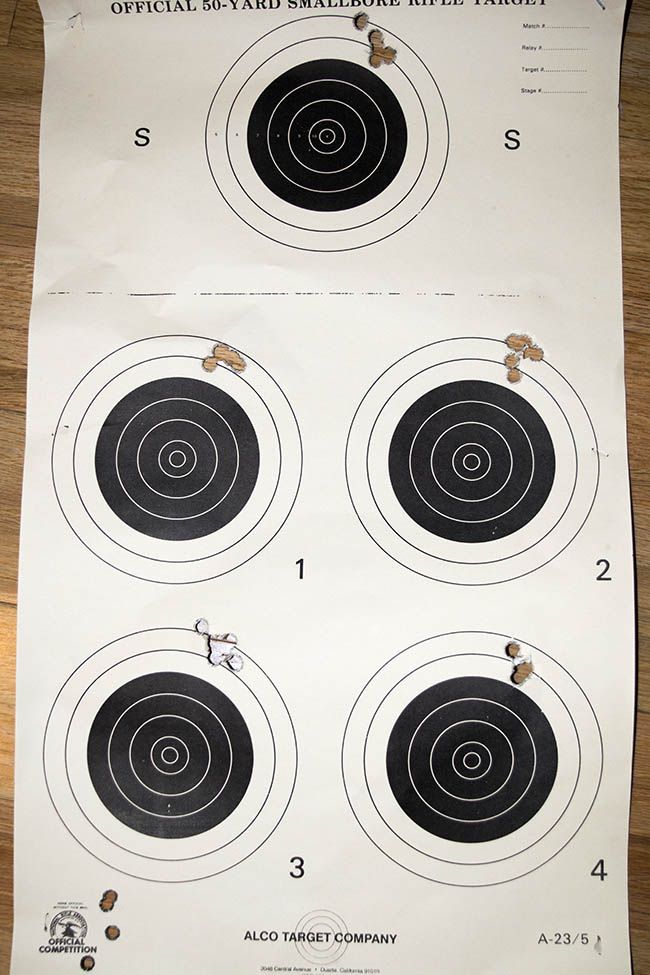
My buddies and I hunted jack rabbits out in the desert east of El Paso near Fabens, and I had a lot of fun with the .458. Yeah, it was massive overkill. But some of those jacks were big, man. Not that I needed a .458 Winchester Magnum elephant gun. But who buys these things because they need them?
More Tales of the Gun!
Never miss an ExNotes blog!


